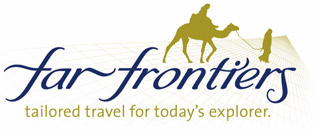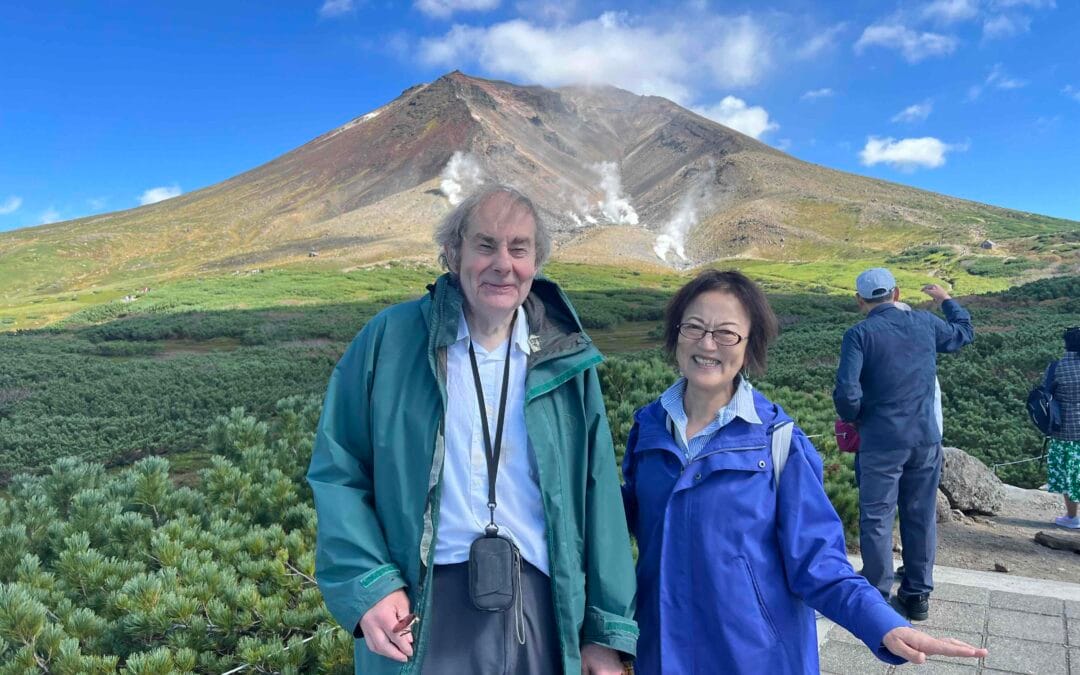The raw white fish glared at me so balefully from the plate that I wondered which of us would manage to eat the other. Eventually I accepted a draw, ate his companions and left him on the plate. This was my only attempt to eat sushi, and it took place at a posh Japanese restaurant in Sapporo, the main city of Hokkaido, which is the northernmost island of Japan and where I have spent three delightful weeks following an itinerary impeccably organised by Far Frontiers Travel.
The following night I did my bit for the Japanese ecology by eating venison. My guide had told me this was encouraged, as the deer population was getting out of control. Other ventures into Japanese cuisine were more enjoyable. At a stall by Lake Toya, I persuaded Masako my guide to try a soft ice cream. This was, unusually, black, being flavoured with squid ink. She got her own back by presenting me with octopus dumplings, made with rice flour rather than suet, and rice balls, flavoured with salmon and wrapped in edible seaweed. I spent the first morning in Tokyo, watching a sumo training session. One giant practised pushing another giant out of a ring. The bouts, which I watched on TV that evening, are ferocious, the grips being best left to the imagination.
The afternoon’s tour of Tokyo featured Meishi Park, a tranquil woodland in the heat and bustle of Tokyo, dedicated to the Emperor Meishi (1868-1912) and his Empress Masako. Hiromi the guide told me they had transformed Japan from a feudal society to an industrial democracy.
Hokkaido is about the size of Wales, sparsely populated and lovely; pretty in places, awesomely grand in others. One day I spent peacefully cruising Lake Toya; another walking around another lake in Unema Park, looking at verdant islands and spotting the occasional heron. By contrast, we walked up to the crater of the volcano Mount Ouso and saw the steam rising. Masako told me that it erupted on average every 25 years. I incautiously asked her when it had last erupted. “25 years ago” she replied. The highlight, for me, was the cruise along the side of the Shiretoku Peninsula. The planned cruise was cancelled because of high winds. Sachiko the guide arranged with another company to cruise the more sheltered water on the west side. The bears on the shore were too distant to be worth photographing, but the grandeur of the cliffs, tortured into fantastic shapes by wind and sea, would alone have made the trip worth while. The following day we walked on the Noshuy Peninsula, a flat, desolate spit pointing into the Okhotsk Sea. From there I could see Kanashir, an island controlled by Russia though claimed by Japan. Tommy, the driver, whose hobby is mountaineering, wanted the Russians gone so that he could climb two mountains on Kanashir.
I spent the last three nights at a Ryokan, a traditional Japanese inn where I slept on mattresses on the floor, and ate meals prepared in my room by the maid. The first evening featured a tea ceremony, a serious but friendly ritual that included much bowing and smiling. Its original purpose, I believe, was to emphasise equality between host and guests, and among the guests, at a time when Japanese society was oppressively hierarchical. The tour of Kyoto included colourful, ornate Buddhist temples and more modest, naturalistic Shinto shrines. I understand from Meiko the guide that the contrast in appearance reflects the different values of the two philosophies.
Hokkaido is a wonderful place, a land of contrasts, not only between city and country, but also between rural prettiness and the bleak austerity of volcanoes and coastline. What made it a glorious holiday destination was the guides, whose expertise and helpfulness made me feel I was with friends, and the people on whom I practised my comically inept Japanese. “Yubin kitte wo kaitain desu ga” (I should like to buy a postage stamp) secured enough stamps to post a card to England and have it safely and promptly delivered.

